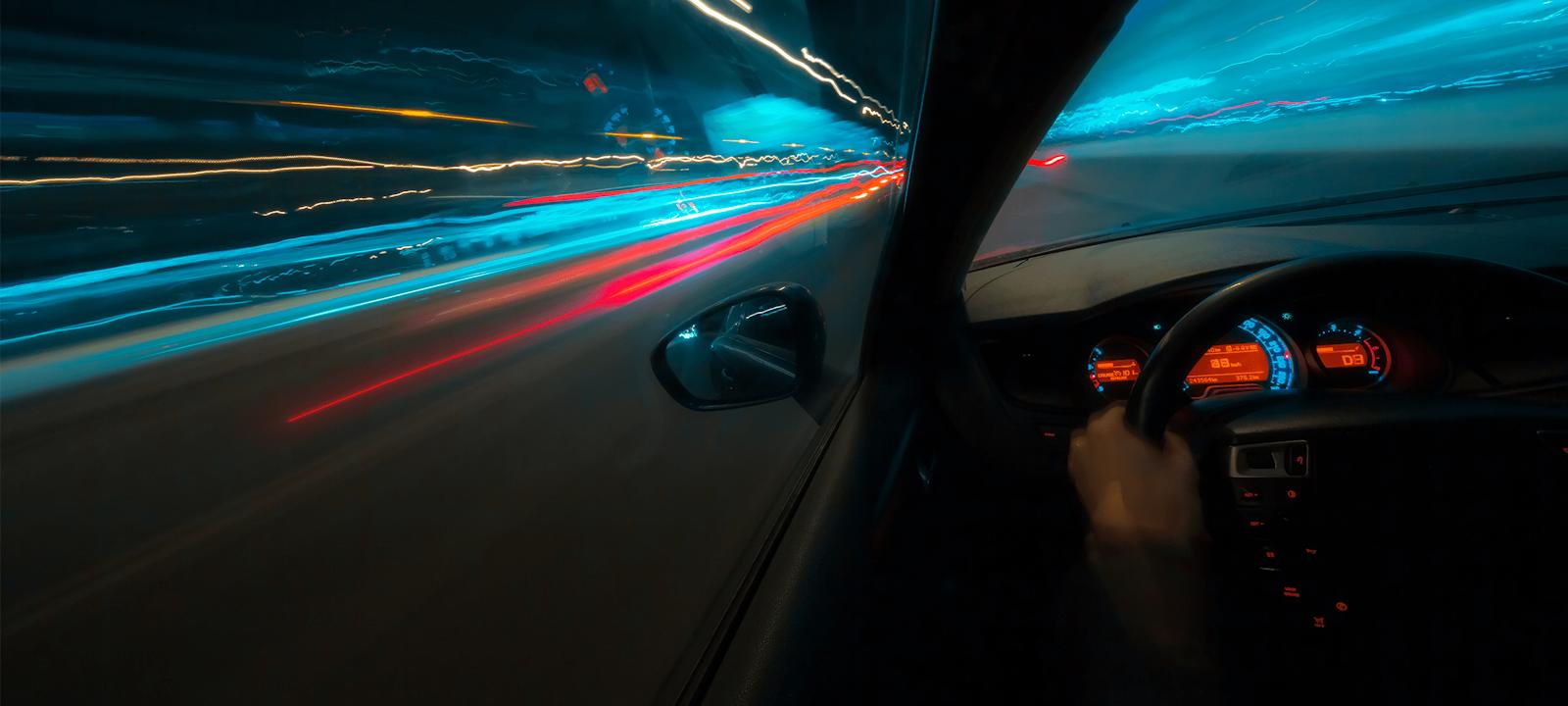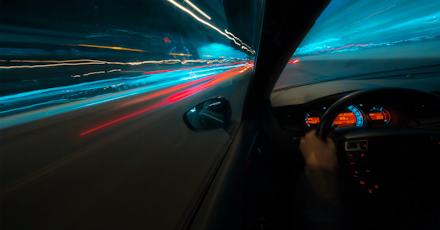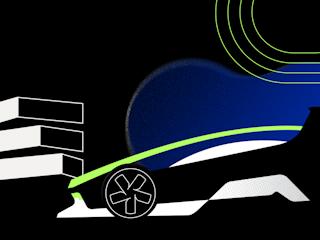As the world continues the process of opening up again in the wake of shelter in place orders, transit and mobility brands need to both recoup losses through the closure and start preparing for an immediate future that will look slightly different from the future that was anticipated at the beginning of 2020. If you’re part of the Mobility industry and want to get a jump on the competition, these are some of the shifts in focus, and some of the changes in trends likely to come up as a result of the pandemic that you should start considering now.
Clearer Communication to Regain Trust
Before the outbreak, mobility services such as rideshare apps, bike and scooter rental options, and route planning services were all on the rise. During the worst of COVID-19, in Berlin alone, public ride sharing saw a 100% decline in usage. Public transportation as a whole saw a 92% decline, while scooter and moped rental apps saw 80% and 50% declines respectively. Bikes were the only mode of transportation to see an increase in use.
As the world opens again, the people who have no choice but to return to public transit will out of necessity, but what about the commuters who do have another option available? The first step in bringing people back into public transit and MaaS offerings is to build trust and confidence again, and the quickest way to do that is with transparency and communication.
 The type of information communicated might be different than initially expected. Schedules have always been something public transit has easily communicated with commuters, for example. But now, bus and subway companies should consider communicating real-time data about how crowded their transit option is, service disruptions and delays, and even clear information on cleaning and disinfecting procedures. This communication will allow commuters to make the best decision based on their immediate needs and how safe each travel option feels.
The type of information communicated might be different than initially expected. Schedules have always been something public transit has easily communicated with commuters, for example. But now, bus and subway companies should consider communicating real-time data about how crowded their transit option is, service disruptions and delays, and even clear information on cleaning and disinfecting procedures. This communication will allow commuters to make the best decision based on their immediate needs and how safe each travel option feels.
Interconnected services are also more crucial than ever. Giving users the ability to plan their trip from start to finish, making use of multiple modes of transit based on personal preference settings is an easy way to rebuild trust. If a user can look at their commute and plan their trip across ride sharing, public transit and even bike rental options, creating the best experience for themselves, they’ll be more likely to return to using the service.
Pumping the Breaks on a Carless Revolution
Helsinki might be actively working to build an infrastructure in which citizens won’t need cars, but they aren’t alone in that effort. Prediction models have shown that as MaaS options improve and increase, and people become less and less dependent on their vehicles, that car buying will see a dip. However, in the immediate aftermath of the pandemic, personal vehicles might see an uptick in use.
 Sharing space in an enclosed vehicle with strangers (either through carpool rideshare or even just one-on-one with an unknown driver) isn’t the sort of thing that passengers or drivers are likely to feel safe with. In the short-term, that means people are more likely to want to drive themselves. In the long-term, it provides new opportunities to consider other services and options.
Sharing space in an enclosed vehicle with strangers (either through carpool rideshare or even just one-on-one with an unknown driver) isn’t the sort of thing that passengers or drivers are likely to feel safe with. In the short-term, that means people are more likely to want to drive themselves. In the long-term, it provides new opportunities to consider other services and options.
Most companies and platforms were already investing in autonomous driving technology, but now is the time for MaaS platforms in particular to lead the charge on this. Self-driving vehicles are exactly the added option commuters can benefit from. A safe, autonomous vehicle with clear explanation of sanitation procedures between rides can be used in conjunction with public transit and bike or scooter rentals to complete someone’s entire commute. The multimodality is one of the primary advantages offered by MaaS options.
 The specific ways COVID-19 will affect the industry still remains to be seen. However, the obvious changes are already clear. More transparency, better cleaning and hygiene notices, and a strong focus on contactless technologies, like self-driving cars, are all needed to keep the MaaS revolution moving on schedule after this disruption.
The specific ways COVID-19 will affect the industry still remains to be seen. However, the obvious changes are already clear. More transparency, better cleaning and hygiene notices, and a strong focus on contactless technologies, like self-driving cars, are all needed to keep the MaaS revolution moving on schedule after this disruption.








